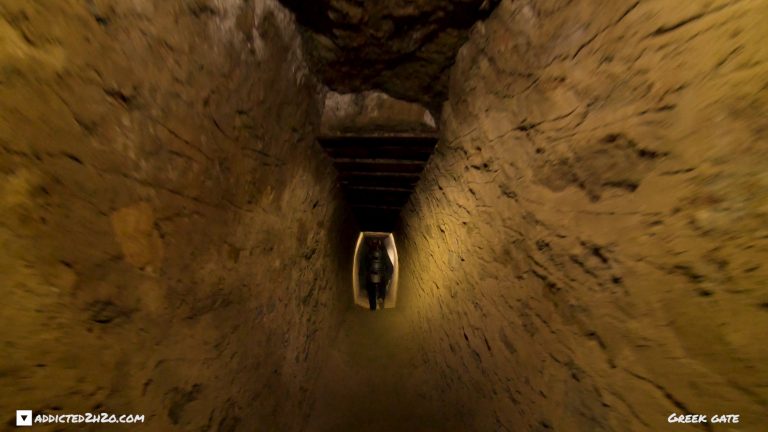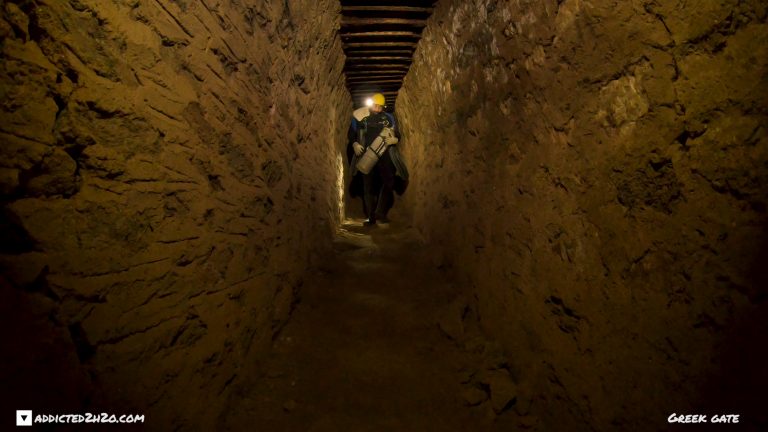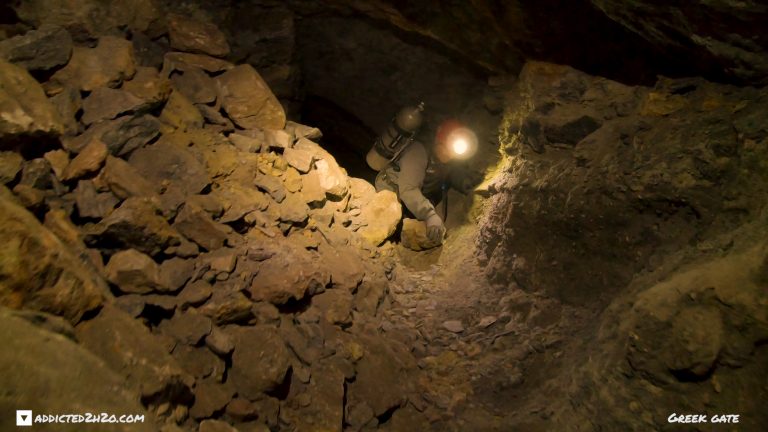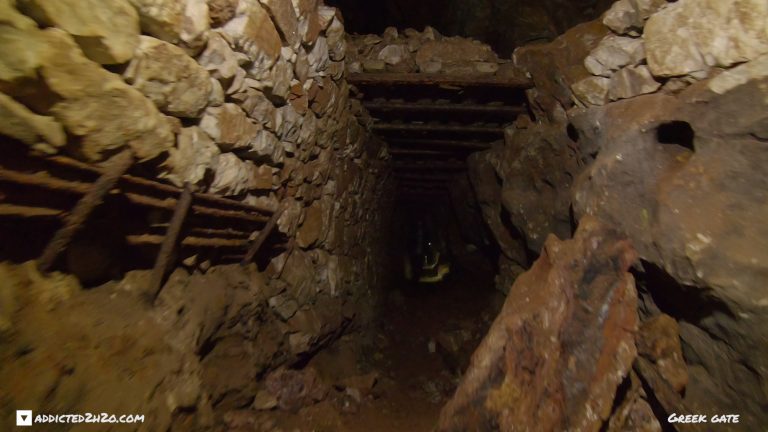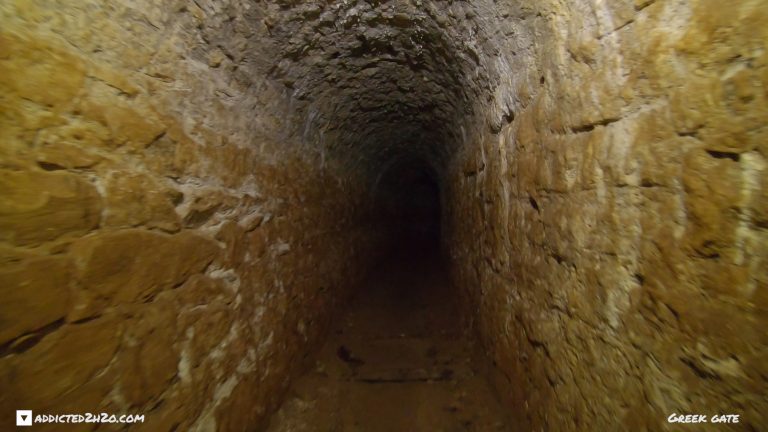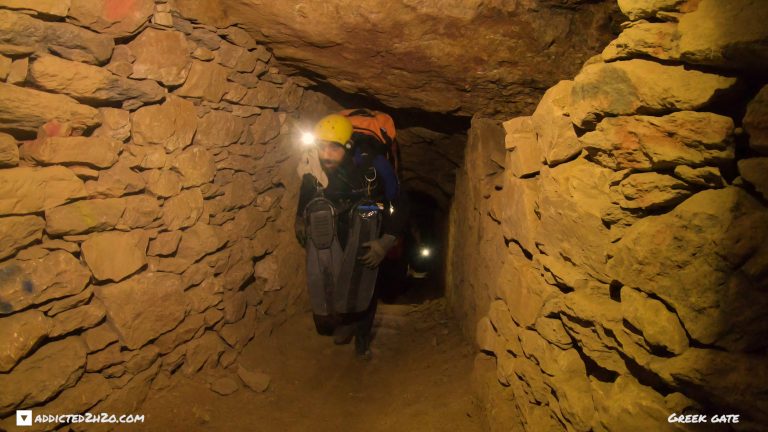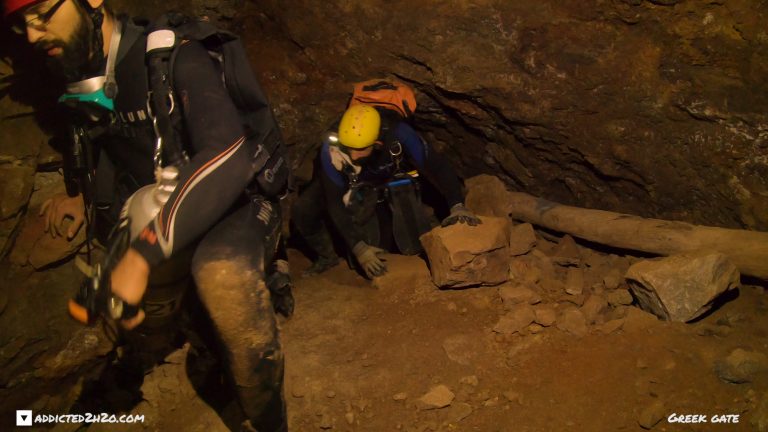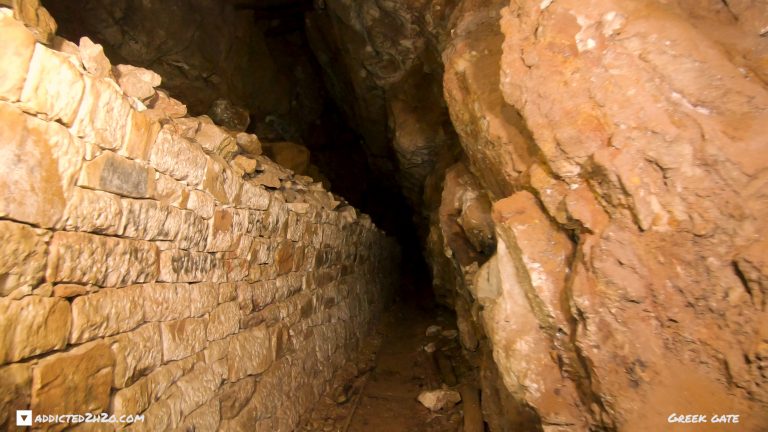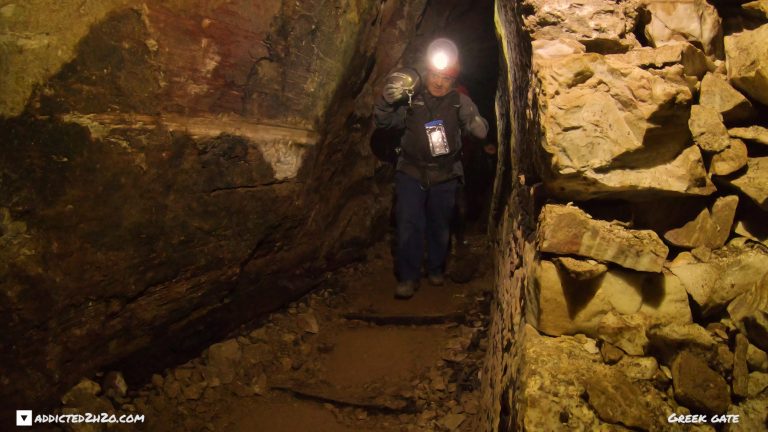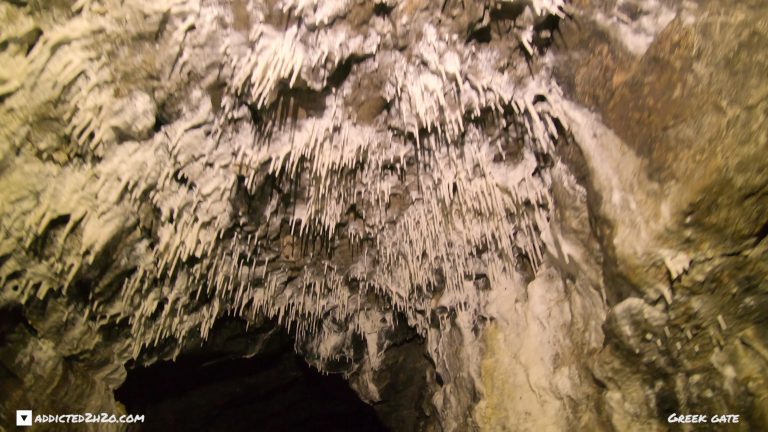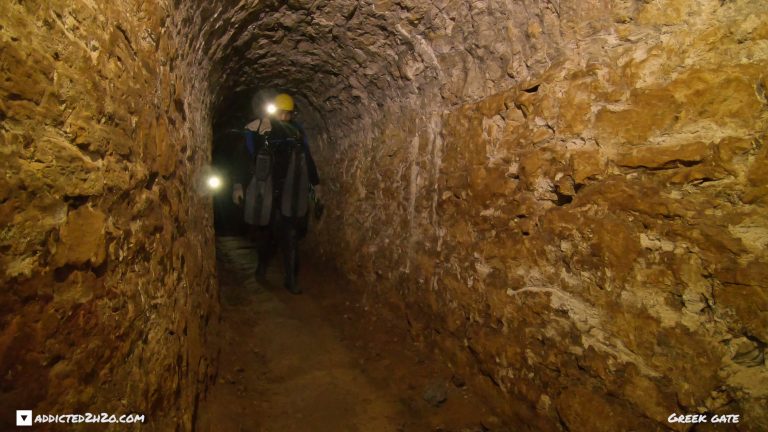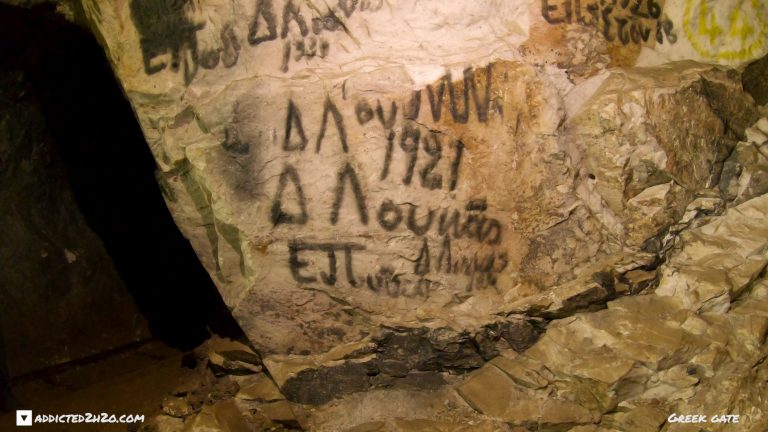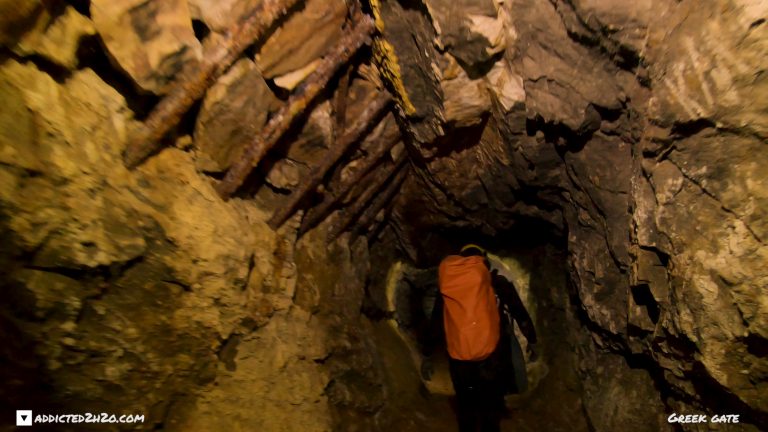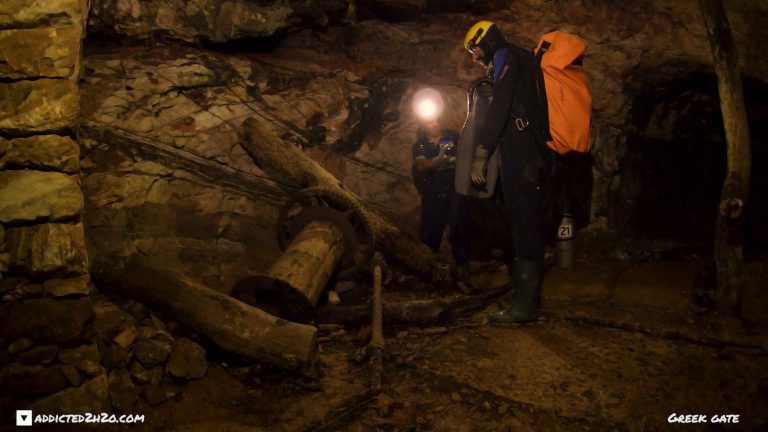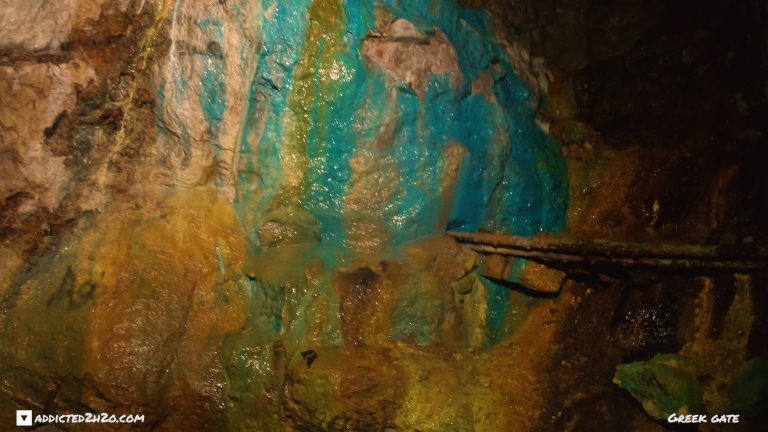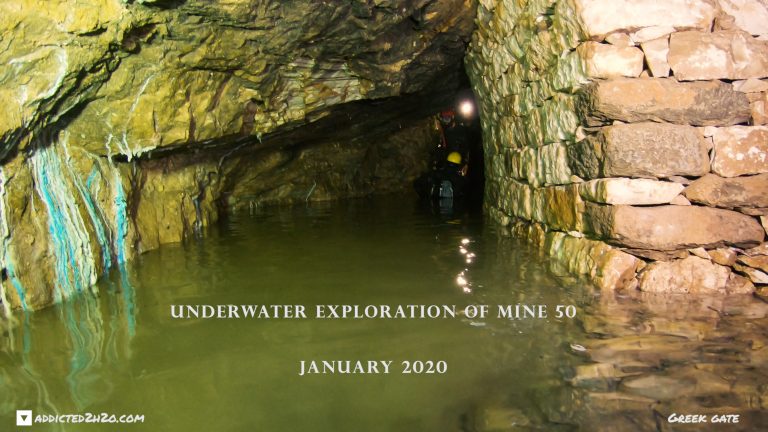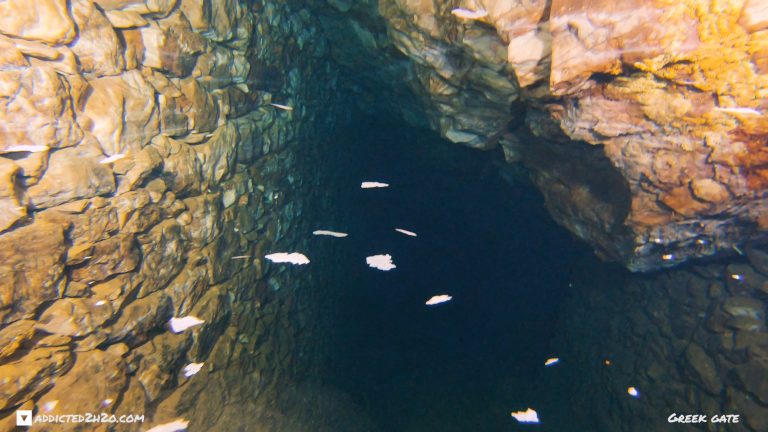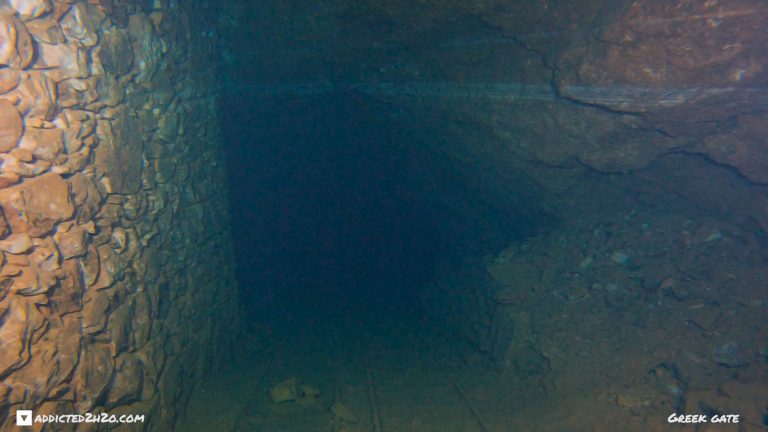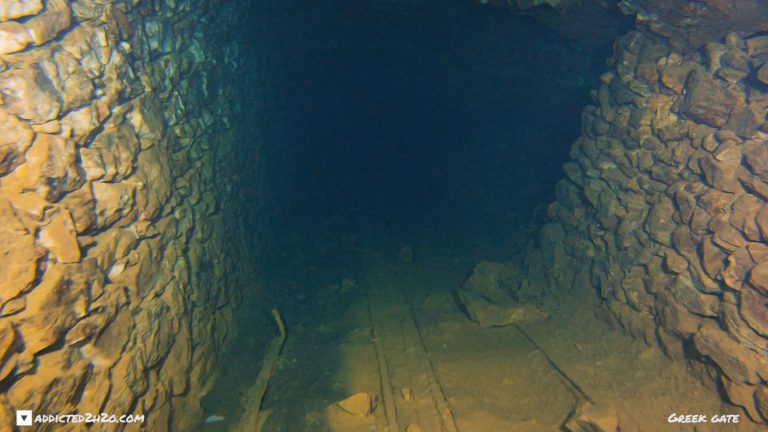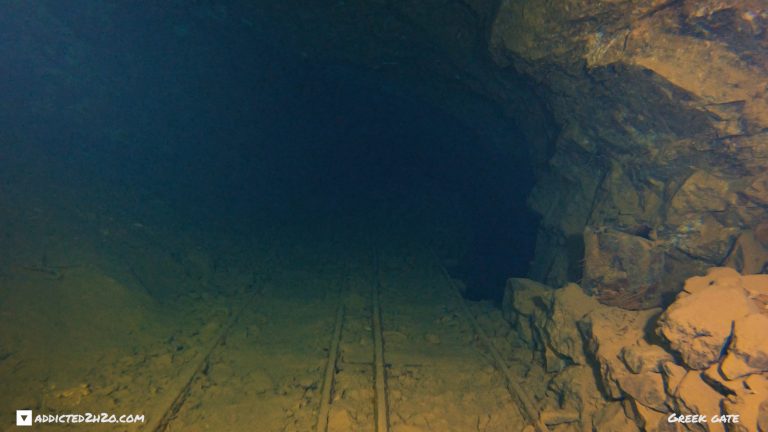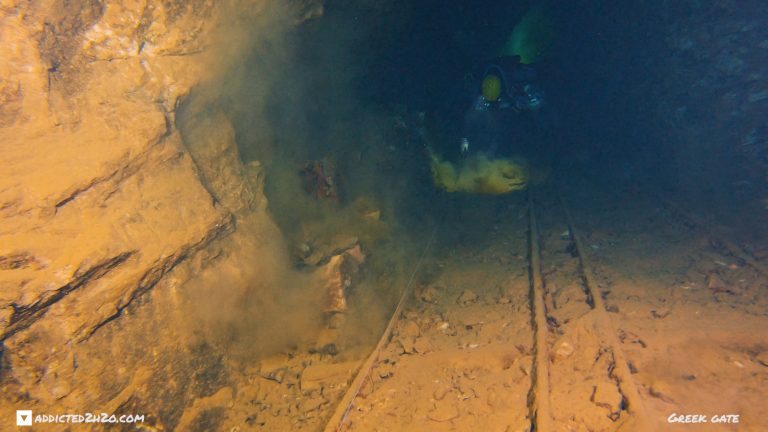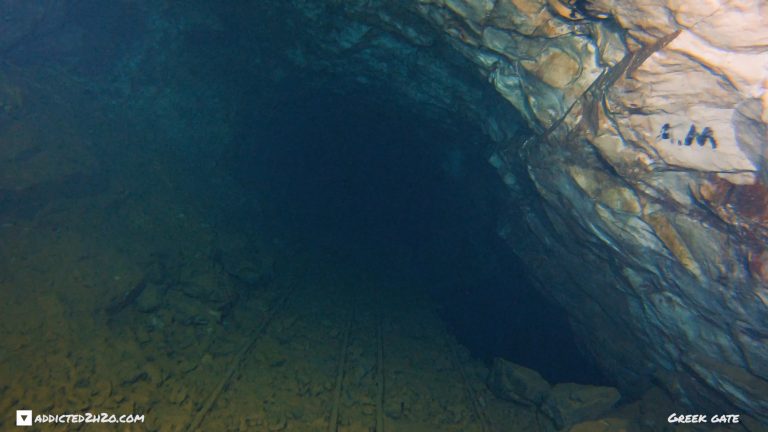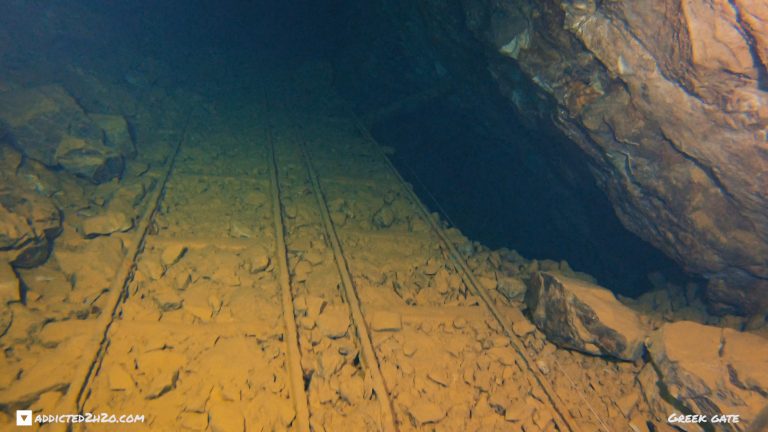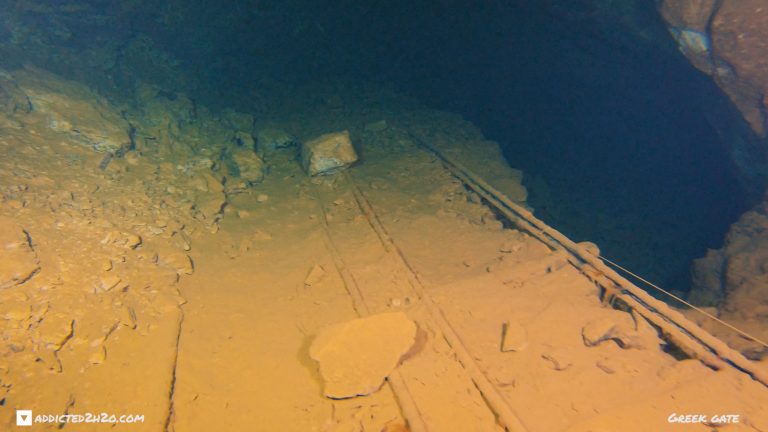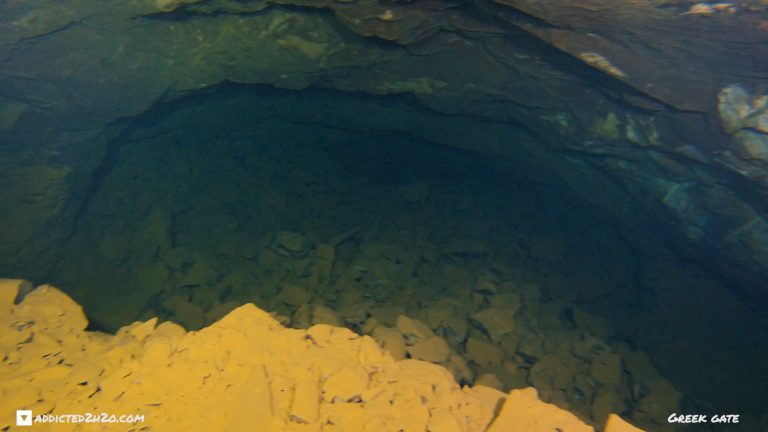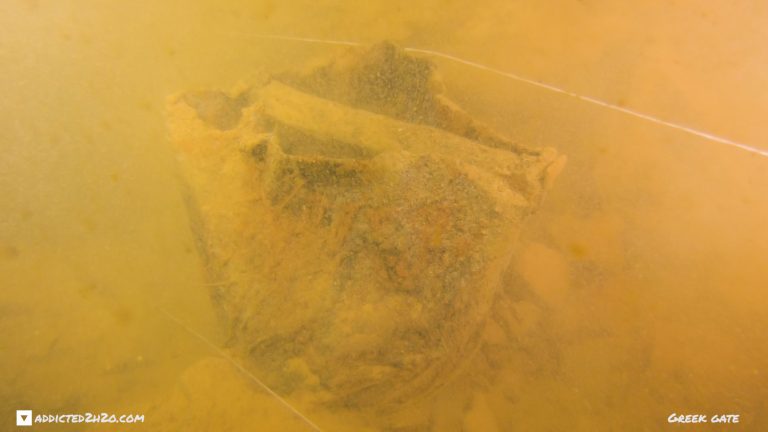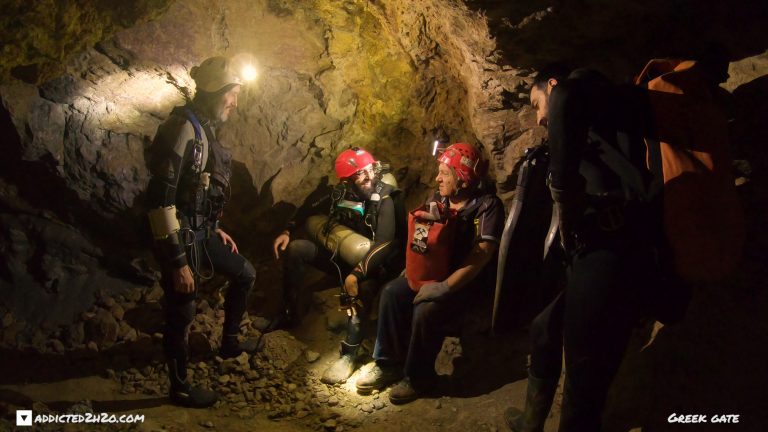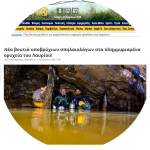Underwater Exploration
Mine 50
The new year began with a new exploration at the Lavrio mines. The team visited Mine 50 at Hilarion on the 4/1/2020. It was a part of the ancient mine, which was exploited and expanded by the French Mining Company to make the most of the rich mining industry in the 1870s and continued in the following years until at least the mid-20th century. The exploitation of this mine first started with the discovery of the ancient Hilarion-Berezekos Well, which company officials made sure to clean from the materials and soil that had covered it.
Initially it was 37 meters deep and 1.30 x 1.30 in size, square in shape, characteristic of the ancient Greeks (i.e. mineral wells that allowed the galleries to vent). The subsoil was mainly composed of slate and marble rocks, from which the ancient Greeks had extracted large quantities of ores, as is inferred from the various galleries discovered in the subsoil of the area. The need to extract new minerals created the conditions for further deepening of the ancient well and subsequently the galleries. So the new section created was called Hilarion. According to Marmani Marilena, Mechanic and Metallurgist at the National Technical University of Athens: “… Specifically, when the Hilarion-Berezekos well was taken over by the French Mining Company, the company’s geologists, who were studying the soil and subsoil of Lavrio, concluded the area had significant deposits of kalamina (carbonate). To find these deposits, work would have to start on the ancient mines at Hilarion, as the rich metallic specimens of kalamina although known to ancient miners, remained untouched. In the wider area of the Berezekos-Hilarion Well there were other smaller wells, which the French Mining Company gave numbers so they could work better and more accurately. In this way they knew exactly how many wells were in a particular area and organized the research and extraction work accordingly… “.
In one such gallery, mine 50 at Hilarion, the exploration team, led by Vassilis Stergiou, explored yet another flooded area. Here, too, the aquifer covered part of the lower galleries, sealing this section. The descent of the team to reach the water took approximately 45 minutes. The galleries in this mine were large enough to allow easy movement, while in a few places the team needed to pass through narrower passages to explore a further. Although the distance from the mine entrance is great, the team did not experience significant elevation differences with steep slopes when descending to the flooded section. The galleries were relatively well preserved, with iron pillars and stone support walls, staircases and wooden support beams.
Due to the high humidity, especially near the flooded section, metal and metal oxide formations create a beautiful and colorful spectacle for the visitor. Aragonite, copper hydroxides, malachite etc. are some of the many minerals that you find in the gallery. However, the flooded area is not as large in terms of distance but is particularly beautiful. The diving team, after a short dive in the flooded arcade, reached the farthest point. Divers Erikos Kranidiotis & Stelios Stamatakis, during their underwater journey, encountered iron ore mining rails, wooden rail tracks and timber. The gallery reached its end after approximately 60 meters, while to the right of it, a second gallery of much smaller size was located, after a few meters this ended in a small chamber. The flooded section of both branches were fully explored. The clarity of the water was excellent at the beginning, while the divers experienced poor visibility upon their return. The team completed the exploration of this part of the gallery number 50. A special mention needs to be made to our friends Vasilis Stergiou and Apostolos Tzamalis, whose contribution to this exploration was more than significant.
The Teams:
Addicted2h2o: https://addicted2h2o.com
GreekGate: https://www.facebook.com/PyleEllenikonArchaiologikonIstorikonSpoudon/
Sources:
-Marmani M., 2016, “Exploitation of old mining sites in the Lavreotiki area”, (PhD Thesis), National Technical University of Athens-School of Mining and Metallurgical Engineering, Athens, pp. 417-418.
-Lavrio Historical-Technological Cultural Park (www.Itp.ntua.gr/home_en)
-The Archaeological Guide of Thorikos (Ministry of Culture)
Historical Research:
Mary Fotiadi
Vasilis Stergiou
Support & Logistics:
Vasilis Stergiou
Apostolis Tzamalis
Mine Divers:
Erikos Kranidiotis
Stelios Stamatakis
Internet Publication
Do what you can’t
